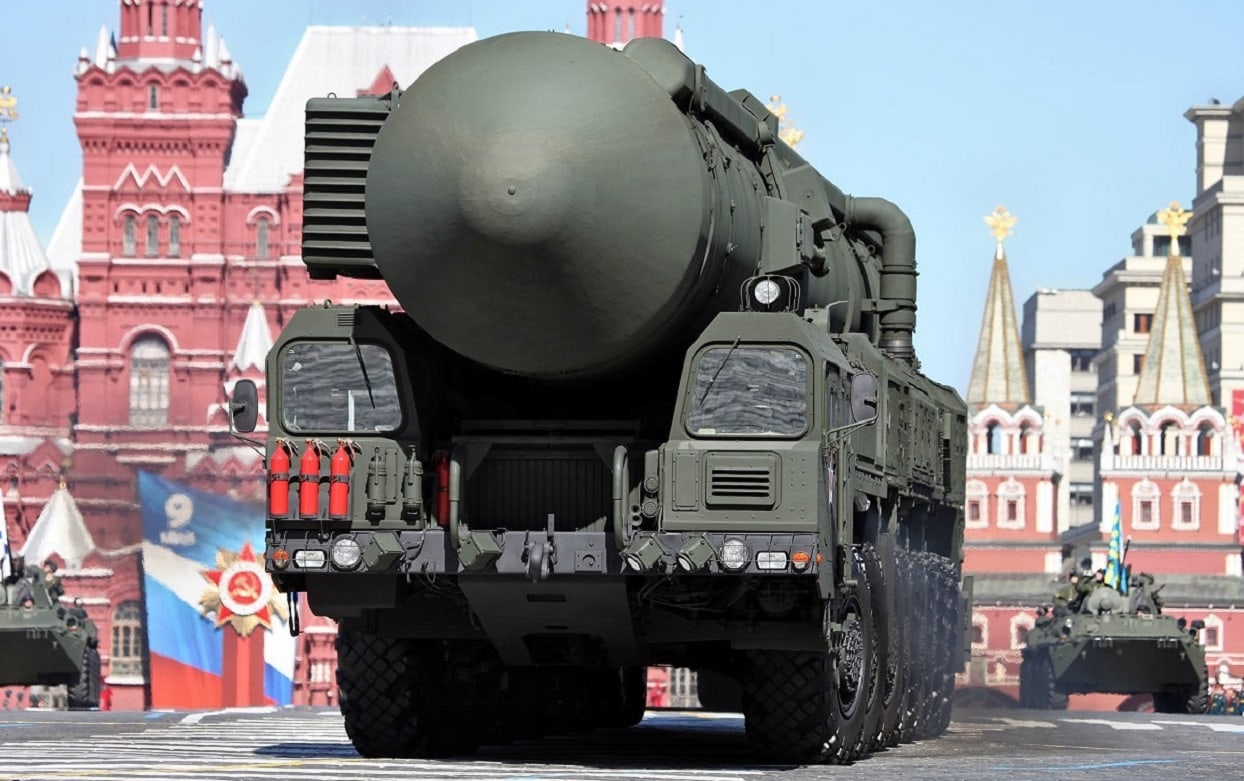Sarmat – What to make of Russia’s new ICBM – Many of Russia’s most advanced weapons systems remain largely unproven in combat, whereas those that have been deployed to Ukraine haven’t exactly impressed. Such is the case with the T-90M main battle tank, which is apparently as vulnerable to anti-tank weapons as the older T-72s; while the Moskva, the Russian Navy’s Black Sea flagship was sunk by a nation that has no naval capabilities.
Yet, despite the setbacks that the Kremlin has faced in Ukraine, it has continued to tout some of its still-in-development systems. Such has been the case of the Sarmat intercontinental ballistic missile (ICBM), which had its first test launch from the Plesetsk cosmodrome in the Arkhangelsk Region last month.
According to Tass, the Sarmat performed to expectations and struck its designated target at the Kura proving ground on the Kamchatka Peninsula in the Russian Far East.
“The new missile is capable of striking targets at long ranges, using different flight paths. The Sarmat features unique characteristics that enable it reliably to breach any existing and future anti-ballistic missile defenses,” the Russian Defense Ministry said via a statement to the state media news outlet. “Work is underway at the Uzhursky missile formation to prepare a forward missile regiment for its rearmament with the new missile system.”
Sarmat – An Advanced ICBM
The liquid-fueled, MIRV-equipped (multiple independently targetable reentry vehicle) super-heavy intercontinental missile has been in development at the Makeye Rocket Design Bureau since 2009. It is one of six new strategic weapons under development that was unveiled by Russian Federation President Vladimir Putin in his 2018 state of the nation speech. The Sarmat is intended to replace the existing R-35M ICMB (SS-18 “Satan”).
The new missile reportedly weighs 208.1 tons, and has a payload that is close to 10 tons while it can hold 178 tons of fuel. The Sarmat has a range of 18,000 kilometers, or just over 11,000 miles, and can fly unpredictable routes while it is able to bypass missile defense areas. It also has the ability to fly over the North and South Pole and even approach targets from directions that are not envisaged for interception. As such, virtually any location on the globe is within range of the missile.
Most worrisome for the U.S. military is that the Sarmat can be equipped to carry a number of reentry vehicles, including hypersonic Avangard gliders. Reports have even suggested the Sarmat could be capable of “wiping out areas the size of England and Wales.”
The Sarmat was reportedly named for the nomadic Sarmatian tribes who lived in the 6th to 4th centuries BC in the territory of what is present-day Russia, Ukraine, and Kazakhstan. The platform and its advanced capabilities have already earned praise from Putin, who has even proclaimed that the most advanced anti-ballistic missile defenses would prove inadequate against it.
Now a Senior Editor for 1945, Peter Suciu is a Michigan-based writer who has contributed to more than four dozen magazines, newspapers and websites. He regularly writes about military hardware, and is the author of several books on military headgear including A Gallery of Military Headdress, which is available on Amazon.com. Peter is also a Contributing Writer for Forbes.

